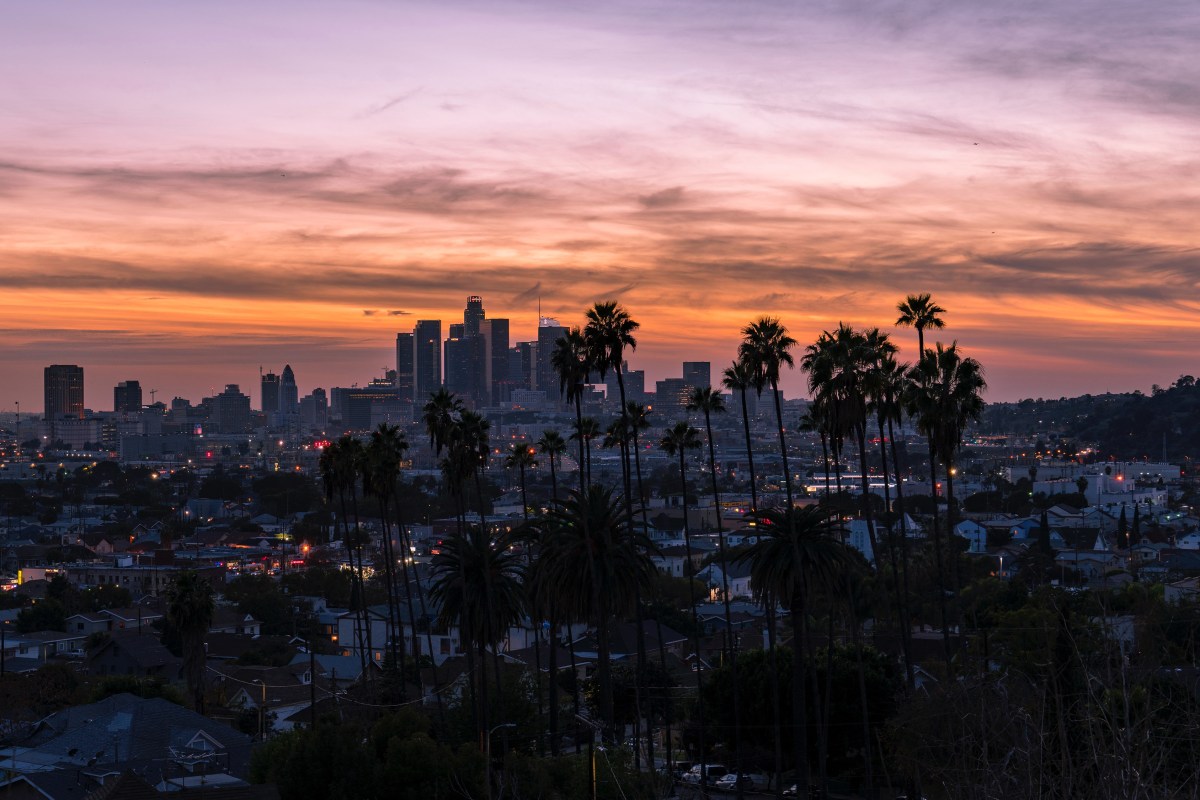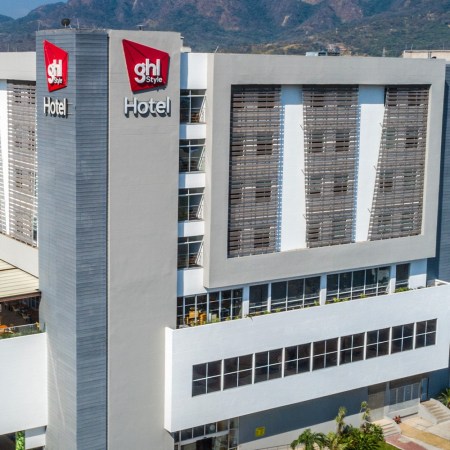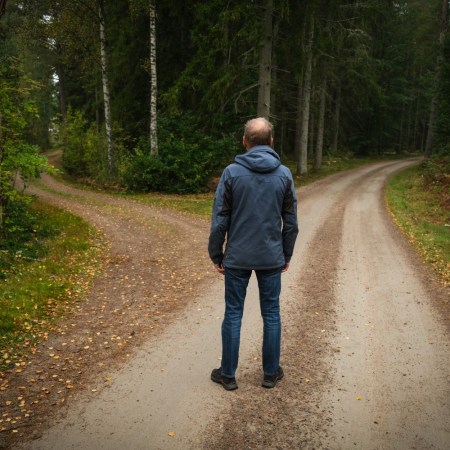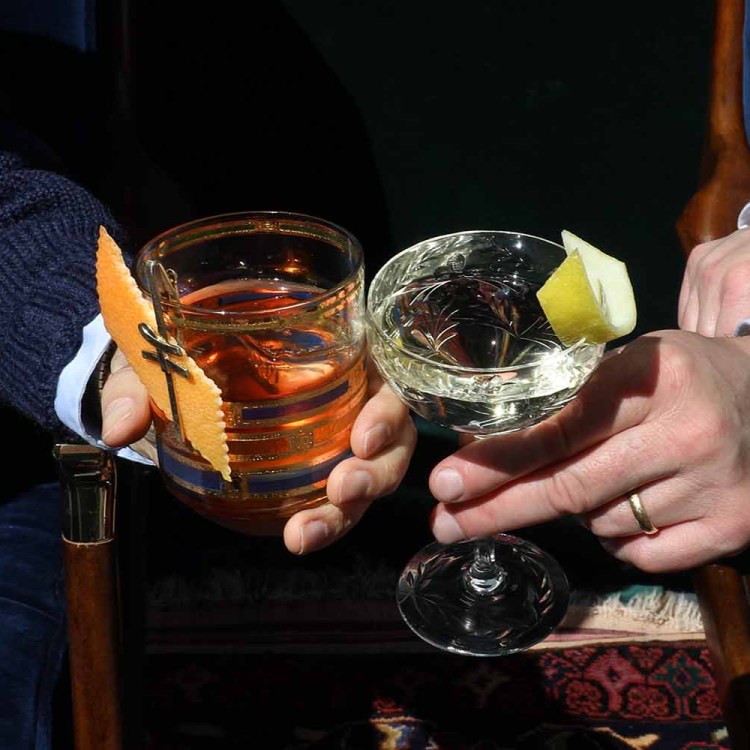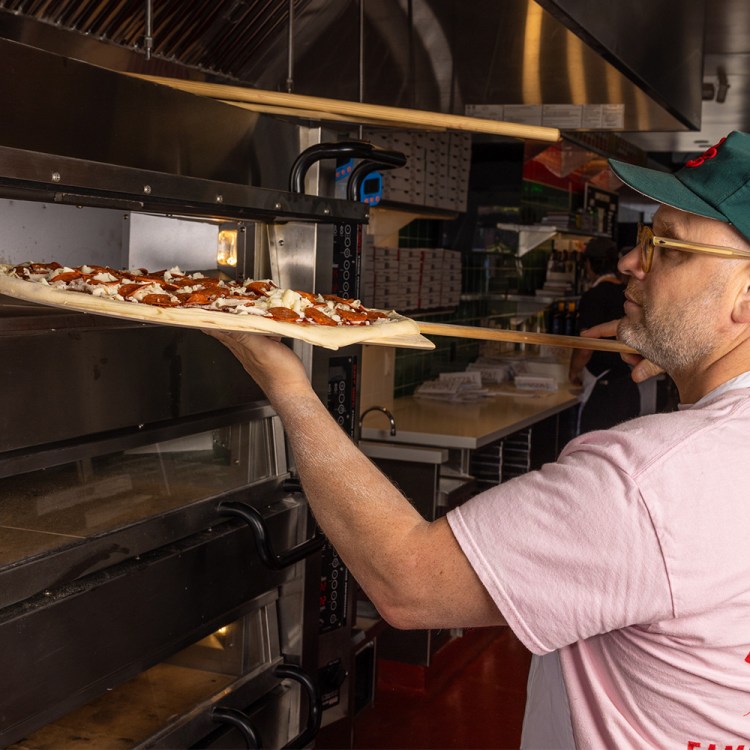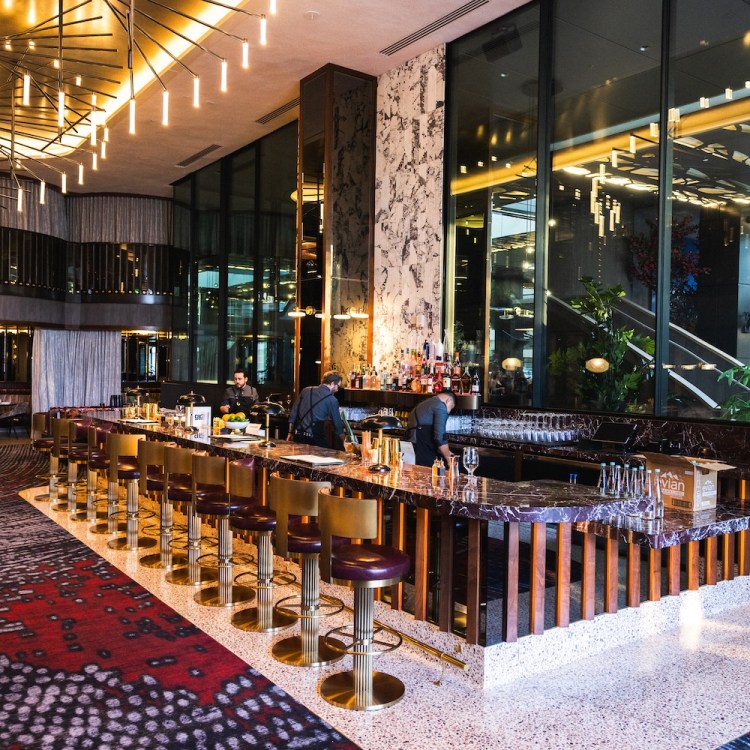We all love big round numbers, and 2020 is no doubt beautiful in that regard. For anyone Gen X or older, 2020 also feels a bit like the future, the way that 1984 probably felt like a distant-but-still-relatable date when George Orwell chose it as his setting for a dystopian future back in 1949.
But if 2020 seems futuristic, how about 2030?
Given that most people default to a negative bias, it’s very natural for us to harbor worries for the years ahead, especially in light of a never-ending news cycle that tends toward bipartisan politics, climate change, domestic terrorism and the machinations of a handful of multi-billion-dollar tech companies.
Believe it or not, though, some folks are actually hopeful about the years ahead, especially on a local level. We know because we recently asked 10 Southern California business leaders for their thoughts on the single biggest threat facing their industries between now and 2030. We told them to think of the prompt as a thought starter, not a doom-and-gloom meter. In aggregate, their answers are a testament to our collective ability to be creative, collaborative and supportive of one another in order to build a better future.
Water Pollution and Single-Use Plastics
Talia Walsh, Communications Director, Heal the Bay
Heal the Bay, a Santa Monica nonprofit that focuses on our waterways, understands that climate change is already impacting us on a local level — especially in terms of water quality. “There are a couple outliers that are actually doing pretty well, which is great, but most watershed-management groups in the LA County region are far behind their pollution cleanup goals,” Talia Walsh says.
While measuring water pollution is a complex and difficult task, the most recent California Stormwater Report revealed that “despite our region having had nearly 30 years to address stormwater pollution, the responsible groups were only 9% towards their current goals.” At the current rate, these groups won’t meet their targets until 2082. Their deadlines range from 2021 to 2037.
The biggest — or at least the most easily resolvable — contributor is single-use plastics. Heal the Bay is working with local governments on legislative action, and dozens within SoCal have already banned certain plastics (polystyrene) or objects (straws, takeout containers).
“The bans work,” says Walsh. “We need more of them, and we need consistency between them.” For this, they’re working on a pair of bills, AB 1080 and SB 54. “We’re also doing a restaurant survey right now as a part of that coalition where we’re going around to different businesses to better understand their objections and the opportunities to moving away from single-use plastic and using that to inform some of our strategies,” she says. “We’re also doing education workshops and training workshops with any restaurants interested in making the switch.”
Civil Debate on a Local Level
Michael Davidson, CEO, GenNext
“I used to tease a friend about the plastic-straw ban,” says Michael Davidson, CEO of GenNext, a pro-business leadership organization. “He just sort of broke it down for me and said, ‘Yeah, I know. I just prefer not to have plastic straws.’ It was person-to-person … But if he had been like, ‘Oh, you’re being dismissive, you’re an idiot, you suck, you hate our environment,’ we never would have had the conversation.”
Davidson believes that cynicism, tribalism and collective ADD are major threats to his business. “We are trying to attract leaders in society to develop and expand their sense of purpose for the long range,” he says. “It requires time to build relationships, time to learn, time to develop a point of view, and optimism so that you know that it’s all worthwhile. Anytime you see division, hostility and impulsiveness, it just signals to people it’s not worth it.”
“If our country cares about e pluribus unum, and being a place for people who are free and expecting more from each other, then we’re going to continue to progress. But if we see it as we’re all going to hell in a handbasket and we’ve just got to get used to it, well, it’s going to be worse than self-fulfilling.”
Davidson says we’ll have better luck at forging successful partnerships and communities by reconnecting with ideals, relationships and structure. “Call it go local, go personal,” he says. “I don’t mean a return to the past. Rather, a respect for what has worked. Generational mobility has declined, and that tracks alongside social capital and social cohesion, because you don’t have institutions that connect and convene people, like the America de Tocqueville saw. What made that America possible was individuals who had a shared identity and purpose — they worked through it together.”
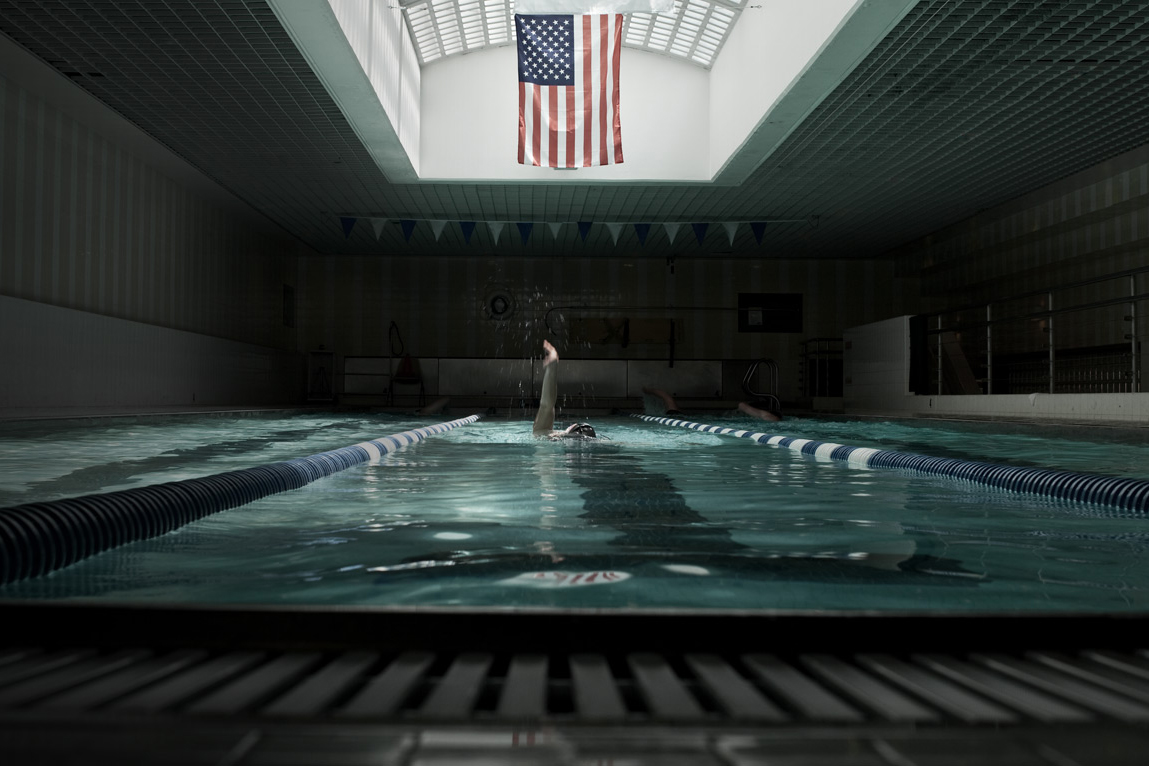
Supporting Small Businesses
Gina Baski, Owner, TriFit Gym Santa Monica
“I don’t think we’re in an environment that’s conducive to supporting small business,” says Baski. “And that’s from the city to landlords to even the community.”
She points out all of the other small businesses that have closed in recent years, and says keeping up with the ever-changing California legal and regulatory world is a major brain drain. “All of it — taxes, wages. We pay well above minimum wage, which I think is important, but it’s all of the employment, the breaks, the meal time. And you’re constantly chasing California laws changing.”
How does she aim to tackle this issue? “It always starts at providing a good product and service. And the only way that we can do that is having great people at our front desk and great people behind the scenes that really service our members so they have a good experience. The only way we stay in business is if our members come back.”
Better Commercial Real-Estate Planning
Chris Adams, Founder, Reserve Vault City Club
RVCC is a private club and workspace that aims to solve the commercial real-estate issue that impedes many small businesses from growing. Founder Chris Adams thinks real-estate developers and municipalities need to reconsider the landscape to help facilitate a sense of community.
“I’ve been telling some developers this whole mixed-use retail thing is kind of a done deal, where you do retail on the ground floor and then it’s multifamily apartments above,” he says. “They’ll give you like an 800-square-foot unit and charge you maximized rent based on market value or whatever the underwriting was on the project … I’ve been saying, ‘Look, build a school in the bottom of the building and families will want to go there … Then you’re actually building a sustainable project for families.”
He believes this needs to come from the private sector with the help of public-policy incentives.
“I think the private market and private developer will benefit. The word amenity and the concept of amenities are very different. It doesn’t necessarily mean, Oh we have a beautiful gym, a nice co-working room, a pool and a patio. People today value things with a higher consciousness. Open space, education and health are huge aspects to that. If you build a development and put in a gorgeous open space, I think people would look at that as the amenity of the project and the developer would win big. But it’s tough to sway developers these days. A lot of them don’t think out of the box.”
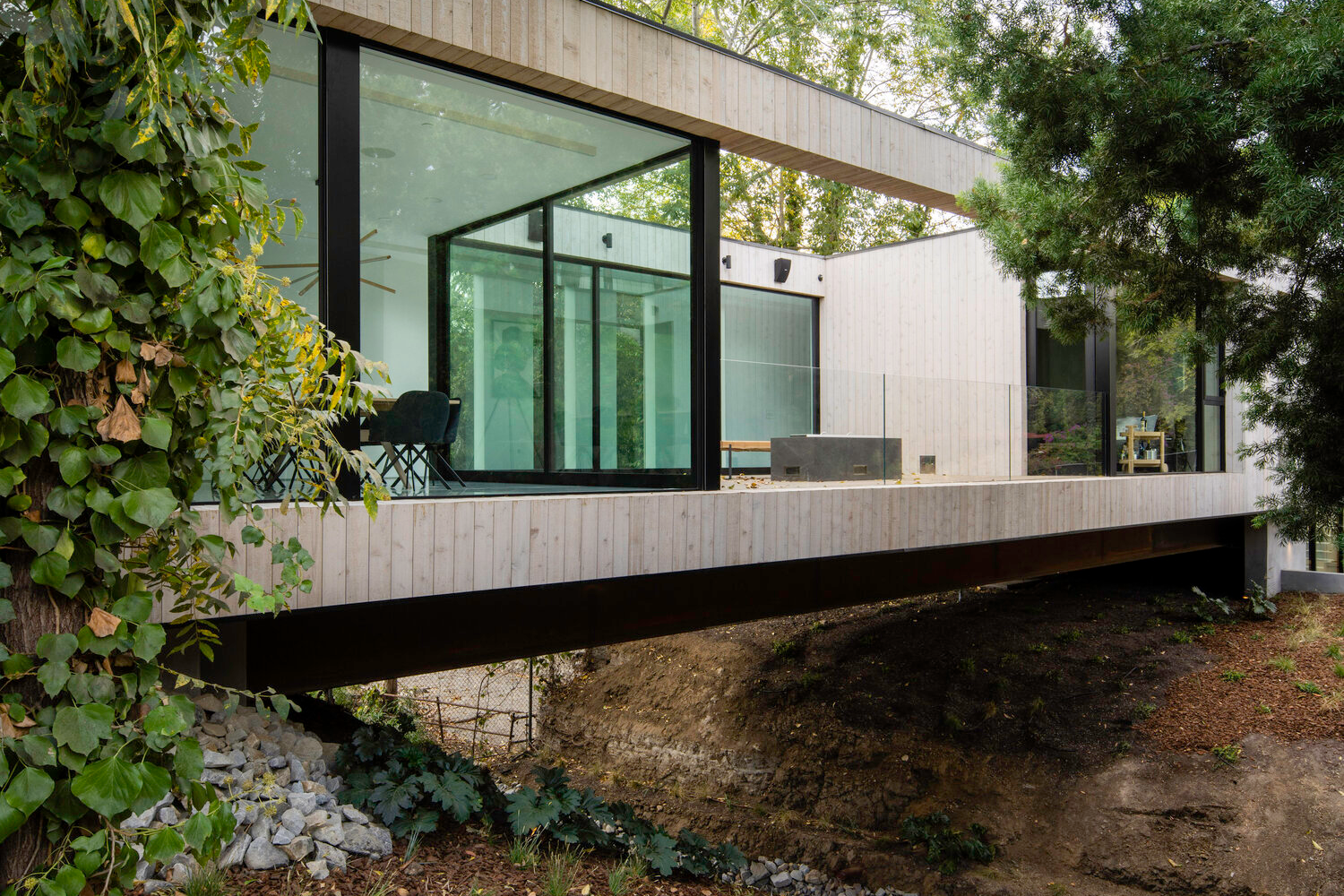
Embracing Sustainable Architecture
Dan Brunn, Architect
We all know that L.A. is cluttered with as many ostentatious, energy-sucking homes as it is cumbersome building codes and restrictions. Architect Dan Brunn wants to big beautiful homes that are also sustainable.
“The bottom line for me is that you could write regulations as many times as you like. If you don’t change the outlook and the desire and teach people about it, you’re always going to be up against the regulation. In Germany, or let’s say anywhere in Scandinavia, it’s within the language of the clientele to want to have [eco-friendly homes] already. They’re the ones asking you for it. The only thing you can do is enlighten people, influence people and get people excited.”
Look no further than the Hancock Park Bridge House, one of Brunn’s most recent projects and his personal residence. “We were thinking about it as a project that isn’t geometrically flamboyant — it’s restrained. Basically I wanted to show that it’s possible to create something that is outside the box, even though it is a box.” Because much of the long, 4,500-square-foot home is literally suspended over a stream that runs beneath it, it has a far lower impact on the landscape (not to mention that it makes an otherwise vacant lot liveable in the first place). Couple that with a number of other energy-efficient building practices, and one of LA’s most attractive new homes is also one of its most ecologically friendly.
Innovation in Education
Brent Bushnell, Chairman, The Two Bit Foundation
“I’m an entrepreneur,” says Brent Bushnell, CEO of the Two Bit Foundation, an educational nonprofit geared towards enhancing STEAM (STEM + the arts) programs in schools. “The whole idea of testing and iterating and trying is very much in my core.”
Bushnell also heads up Two Bit Circus, an interactive playground where virtual reality collides with immersive theater and classic carnival games. Lately they’ve been bringing this technology to the educational world.
“Where’s the best place to learn how to speak Italian? In Italy,” he says. “The more you’re immersed in the experience — the more you have all the sights and smells and sounds and all that stuff — the easier it is to learn. The potential for this is not just fun new ways to entertain ourselves, but also the future of therapy and fitness. You can leverage the immersion as a way to make it more compelling and more exciting, but you’re still coming out the other side with some new skill or some new capacity.”
Bushnell realized that in order to get his idea into schools, he first needed to find advocates. “The way that change happens is through the educators, the teachers themselves. They talk to each other, they’re in the trenches together. So if you have a great idea and you get some proof of efficacy with inspired teachers, then they can be advocates to get something out there more broadly.”
Protecting Our Sources of Information
Jennifer Ferro, CEO, KCRW
KCRW is LA’s town crier. It’s also a public radio station, which in recent years has meant adapting to new technologies to remain relevant and useful to its audience.
“The only time I used to listen to a radio was in the car,” says Jennifer Ferro. “But now the Amazon devices and the Google homes are inside people’s houses. And one of the main things people do with them is ask them to play things like KCRW. So it kind of opened a new access point for us.”
But technology also creates new problems. “Everything has a cost and a benefit. People in media always look at newspapers. That’s the scary kind of path that none of us want to go down, where there were classified ads that paid for things and display ads that made that business run … Those are gone now. They’ve lost their value.”
Ferro also wonders how driverless cars might impact radio. “That may look like some technology where it’s like, ‘I don’t know if that’ll ever happen.’ But the truth is with Uber and Lyft, it kind of already is. You’re not driving your car. And when you’re in an Uber or Lyft, maybe your behavior pattern gets changed. If you’re not driving a car, you can watch things. I mean, you could kick back and watch the Godfather on your way to work.”
The Music Industry’s Money Problem
Toddy Miller, Senior Vice President of Talent and Booking, Live Nation
When Miller thinks about the future of his job, he wonders who’s going to replace the Rolling Stones and Fleetwood Macs — arena-level acts.
“People are more Balkanized in their listening habits because they can be,” he says. “You can go online and find a channel for pan-flute jazz tunes if you want. So the technology is awesome because you don’t need a label, but you need to figure out something to cut through the cacophony.”
But he’s most concerned with the up-and-coming bands making a go of it. “I think it’s a great time to be in the live sector. Artists have to tour to make money, because they don’t make money the way they used to, off of album sales. I guess the only downside is some of them tour too much, which impacts their ability to sell tickets because they just come too often. They make a pittance off of streaming services compared to what they used to make off albums, and that’s why you see bands doing more of the ‘pay an extra $50 and you can come to the soundcheck party or get a meet and greet with the band.’ But you can tell some of them really don’t want to be doing that. They’ve just got to make up that money somewhere.”
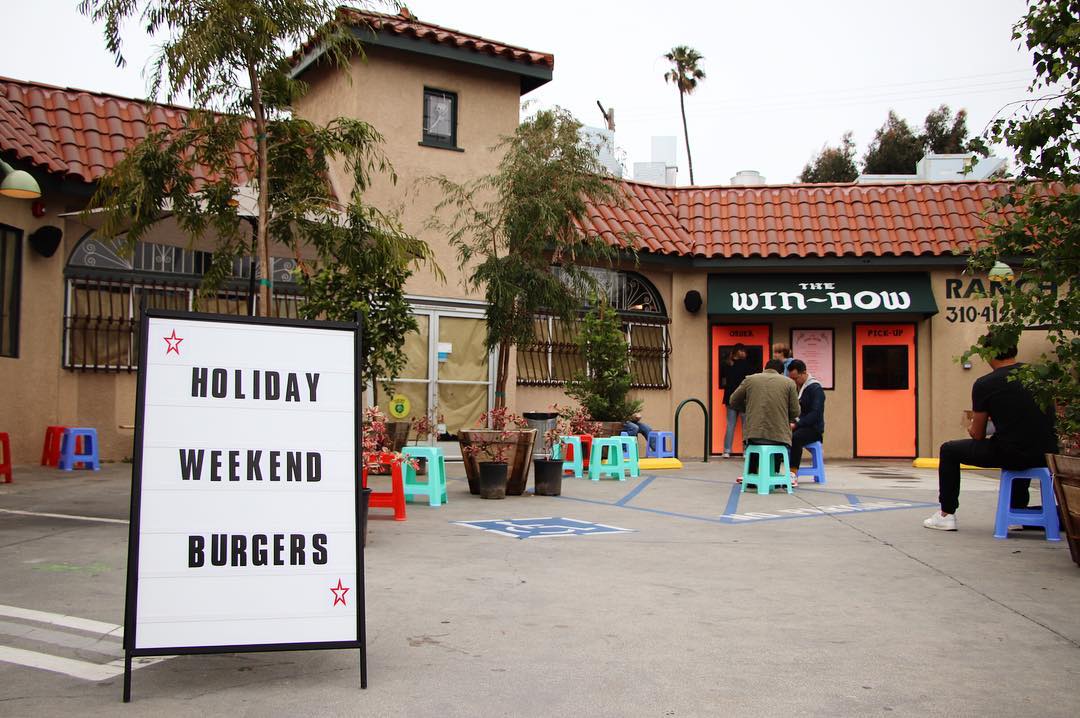
The Eating-In Dilemma
Jeff Goodman, CEO, American Gonzo Food Corporation
Goodman, whose company owns and operates restaurants like American Beauty, Pitfire Pizza and Superba Food + Bread, is primarily concerned with building a community of diners. “The issue that occupies our minds the most and we see as having the greatest future impact is creating reasons to compel guests to visit our restaurants when they would rather sit at home and have food delivered to them,” he says.
“We’ve been designing our new restaurants and reconceptualizing our brands to create more experiential design, improved and professionally programmed music, Instagram-able moments, innovative food and drinks, more choices and customizable items. We believe there is an inherent need to be among other people, and we are doing everything in our power to feed guests with a communal and positive experience. We really see this as within our control. Third-party food delivery is really convenient and plays a role in our business, but an experience at home is just not as ‘nourishing’ as one among other people in a social setting.”
The Paradox of Choice
Tyler Barth, Founder, Legacy House
“Our world is filled with a lot of distractions in a place like Los Angeles,” says Barth, whose Legacy House is a holistic coaching enterprise set to launch later this year. “The distractions can be physical (traffic), stress, the news (homelessness; pollution).”
He sees all these distractions adding up to a domino effect that impacts our ability to make good decisions. “We are very fortunate, but we’re also very distracted in how we’re spending our time. There are so many different places we can go for the things we want or need that we are challenged constantly when it comes to decision-making,” says Barth.
With Legacy House, he wants to help people remove the distractions from their lives so they can put all their energy into the things that truly matter to them. “We want to give you the tools to find that balance so you can be firing on all cylinders and thinking with clarity.”
This article was featured in the InsideHook LA newsletter. Sign up now for more from the Southland.
